Do You Know What’s in Your Tap Water? Clarify Pfister Faucet Does!
on Oct 13, 2015, Updated Jul 14, 2016
This post may contain affiliate links. Please read our disclosure policy.
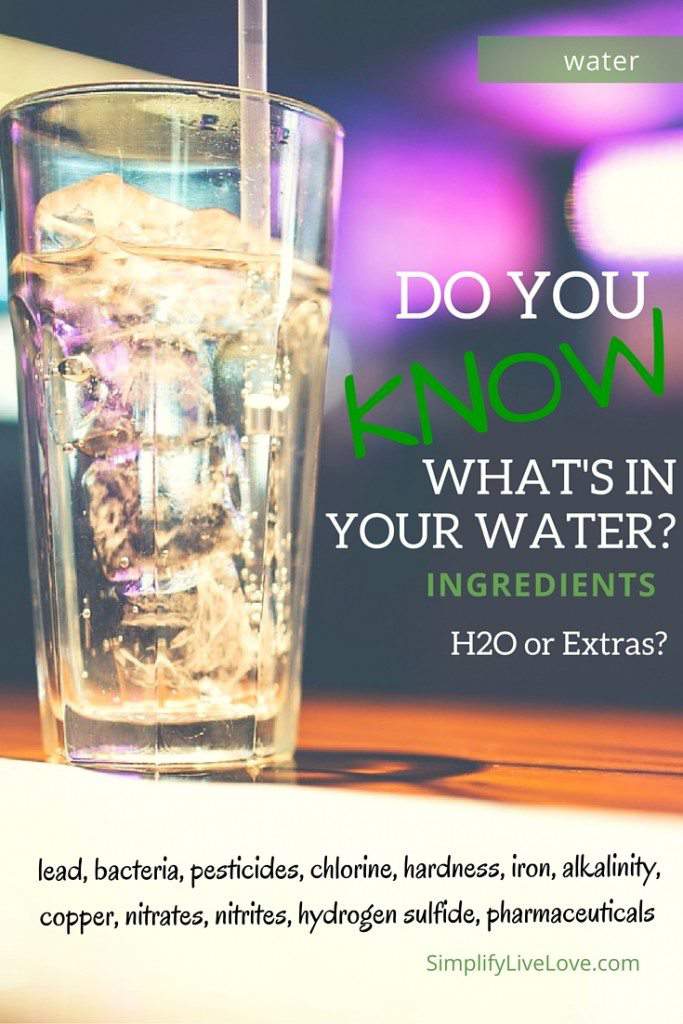
Do You Know What’s in Your Tap Water? Clarify Pfister Faucet Does!
Most of us assume that our drinking water is safe. We live in first world country. We have pretty good sanitation systems, and we don’t normally have to question that our water is drinkable. Sadly, that’s not always the case. And, just because it’s safe to drink, that doesn’t necessarily mean that it tastes good.
Water can be contaminated by a variety of methods: faulty plumbing, groundwater leaching, run-off from agricultural processes, drug contamination, flooding, and chemical water treatment processes.
Water filtration is a important part of my life, as our well water is not safe to drink. We had our water professionally tested a couple years ago after my husband got sick and we couldn’t figure out how or why. We were shocked to learn that our water is totally unsafe to drink and could have been making us all sick. Although we might take a bigger risk since our water arrives to us untreated, unlike most municipal water, even some treated city water in Iowa has recently been found to be unsafe. The municipal water in Des Moines, Iowa (the largest city in Iowa) was recently found to be contaminated with unsafe levels of nitrates – the major problem we have with our drinking water.
How to test your water
Everyone should test their water. It’s simple to do – you can buy a little kit (under $20) and do it yourself at home. See the pictures below? I used a little kit on our water in our barn offices to test out a filtering faucet, Clarify With Xtract™Faucet.
You can also send a water sample to a lab and have a state sponsored test. We’ve done both. You can contact your local health department to see if they offer free testing. You can also contact a state certified officer for a list of labs.
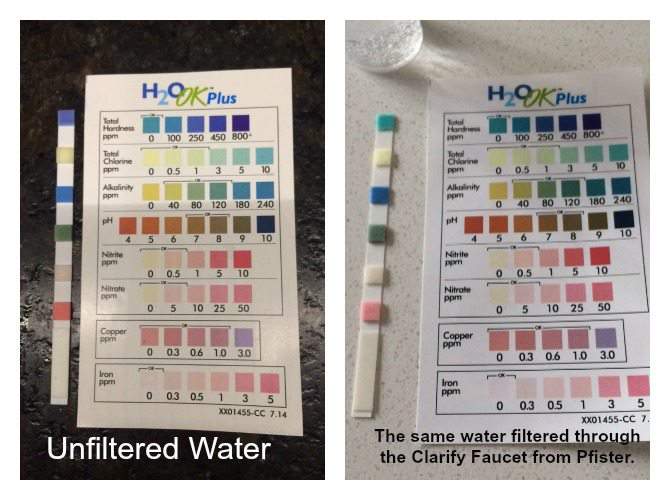
The picture above shows the before and afters of the home test I conducted on our unfiltered well water. You can see that our water, unfiltered, has several problems: it’s very hard, it has both nitrites and nitrates, and the alkalinity and pH levels are high. I hope that our water is the exception and that most people do not have water as bad as ours – but you don’t know if you don’t test. Even an expensive RO system is not enough to adequately remove the level of nitrates we have in our water. We run an expensive RO system in our house and then add extra filters to get the nitrates down to a safe level.
What’s the big deal? What are the dangers of contaminants in water?
Hard water – makes things hard to clean by reducing the effectiveness of soap. Our dishes and laundry never looked clean when we lived in the barn and tried to clean with our super hard water. It also makes coffee taste bitter, can form scales on pipes, and reduce the effectiveness of electric water heaters.
Nitrites/Nitrates – are an indication that agricultural chemicals, most likely fertilizers, are leaching into our water. Given our location in the country and the fact that we are surrounded by corn and bean fields, it makes a lot of sense to me. According to the EPA, nitrites/nitrates are especially dangerous for infants, and high levels in their bodies can cause death.
Alkalinity – high alkalinity levels can cause dry skin and cause the water to taste strange.
pH levels – high acid water can damage plumbing systems.
Pesticides – I’m surprised that we don’t have pesticides in our water, honestly. But if you do find them in your water, you need to take quick action because they can cause immediate health problems.
Lead – very dangerous and needs to be removed immediately as it can cause delays in physical and mental development and permanent neurological damage.
What do to if your water tastes bad or is contaminated?
You can drink bottled water – but that is expensive and environmentally irresponsible as a 17 million barrels of oil are used to make plastic bottles and 24 billion plastic bottles are trashed EACH YEAR.
You can filter your water with Brita filters or buy large quantities of water to schlep home – but that’s also expensive and inconvenient. I’ve tried the Brita pitchers and filters in the past and they just don’t work for us.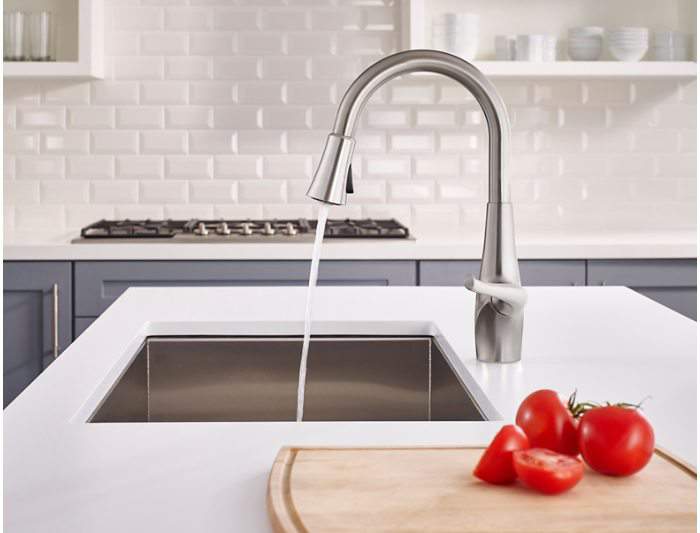
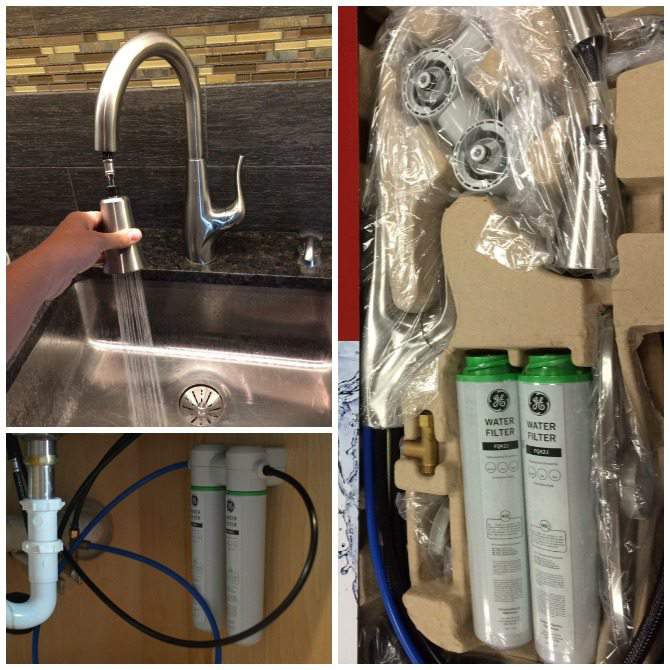
After some major cajoling, my awesome husband installed our new filter in our barn office because that water is untreated, yet my husband still drinks it. You can see from the results of the before and after tests using the Clarify Faucet in the picture above. Overall, it lowered hardness and nitrates, and removed nitrites. It also takes the chlorine taste out of water if you happen to have chlorinated water. I’m glad we don’t! That’s one benefit of our dirty well water. 🙂
The Clarify With Xtract™Faucet retails for $250 at Home Depot and needs new filters ever six months. Given what you’d pay for bottled water, you can recoup the cost of the faucet in only three months and save a host of natural resources in the process. While the faucet isn’t enough to clean our water adequately, we are the exception to the rule. The county health department is shocked by our high nitrate levels and tells us they very rarely hear of such high levels (150 ppm when the acceptable level is 10 ppm). I recommend trying Clarify With Xtract™Faucet for better tasting, healthier water.
Tell me, have you tested your water? Please do that! Your health and the health of your family could be at stake. Please thank Pfister for sponsoring this important message by visiting their website to learn about their faucet.
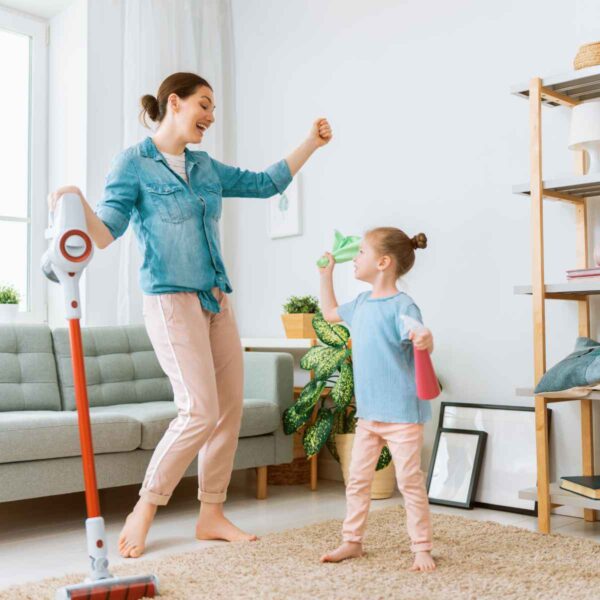
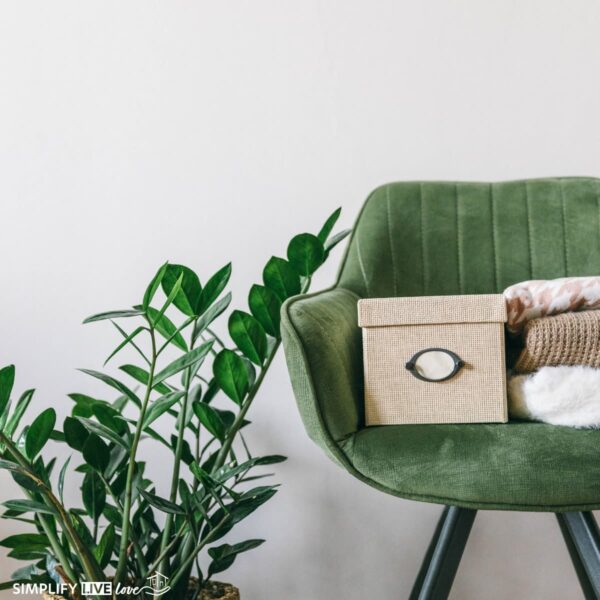
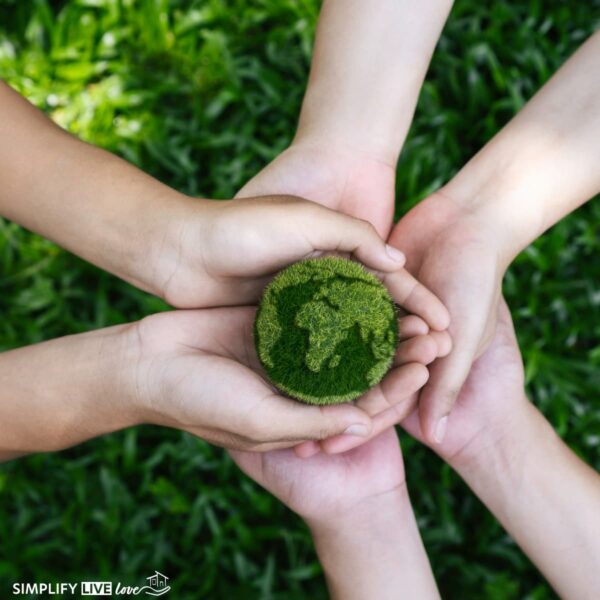
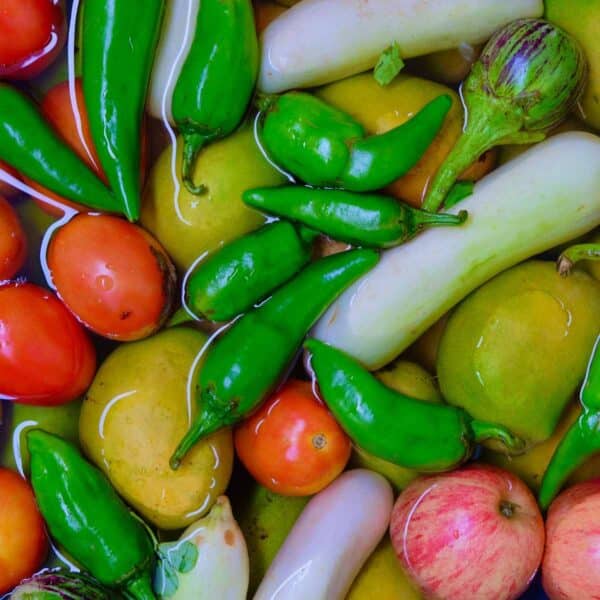









I grew up in South FL where they tell you that you should have been boiling your water two days prior (yep, really happened) so I am afraid of tap water. I should check this out.
UGH, Donna. Clean water is so important. I hope you check yours out – Iowa seems to have a problem with nitrates. 🙁
What a very informative post. Thanks for sharing. Glad I have water filter at home.